[ad_1]
For Deaf audiences, watching performances with conventional signal language interpretation can really feel like watching a tennis match: Their focus has to toggle between no matter is going on onstage and the interpreter, typically off to the facet, who may be speaking what the music appears like or what’s being stated. That’s if the efficiency even has an interpreter, which all too typically shouldn’t be the case.
However attend a Firm 360 Dance Theatre efficiency and the tables are turned. The Fredericksburg, Virginia–primarily based firm, led by choreographer Bailey Anne Vincent, who’s Deaf, incorporates American Signal Language into all its productions. “In the event you’re a Deaf particular person, you’re in on the story greater than a listening to particular person,” says Vincent.
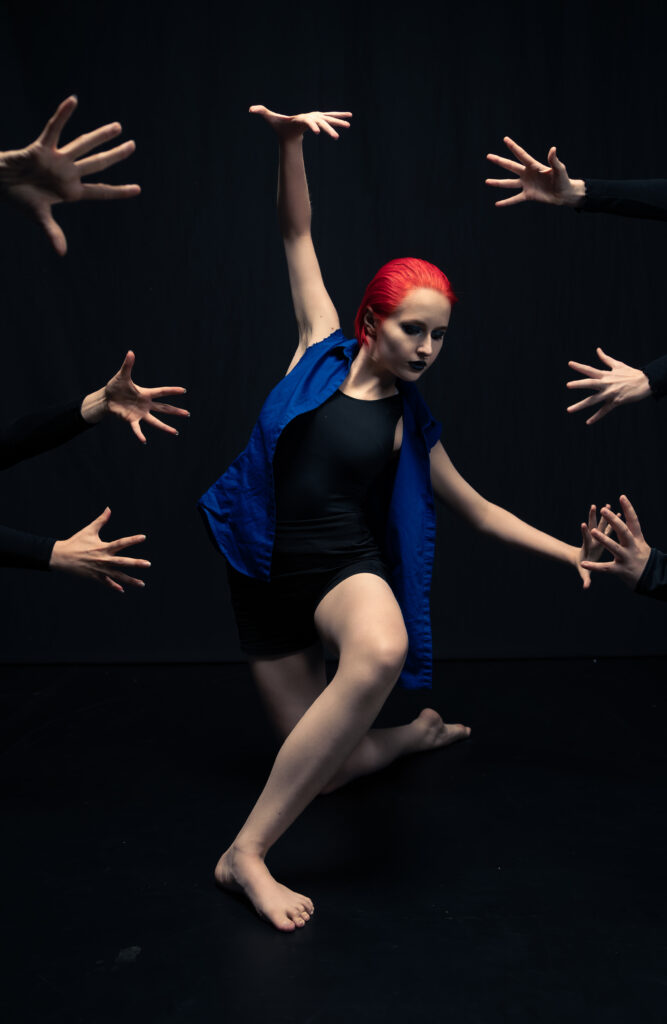
For Vincent, utilizing ASL in her choreography—which could imply incorporating an indication to emphasise an emotion a personality is feeling, or to speak what a lyric is saying—is each a creative selection and an accessibility-related one. Although her viewers is generally listening to, “I nonetheless attempt to method all our exhibits assuming there may be somebody who’s Deaf within the viewers,” she says. But it surely’s additionally only a pure extension of the truth that ASL is Vincent’s most popular language. “Once I choreograph, the way in which that my thoughts thinks is in my very own language,” she says. “So even when I don’t need it to, signal finds its method into no matter I’m choreographing. It may possibly’t actually be extracted.”
Deaf actress and dancer Alexandria Wailes feels equally. “Dance and utilizing ASL are each so embedded in who I’m, as a part of my id,” says Wailes by means of an interpreter. “I can’t actually separate one from the opposite.”
For artists, like Vincent and Wailes, who’re fluent in each the precise language of ASL and the proverbial certainly one of dance, the intersection of the 2 embodied kinds presents limitless artistic potential, and the important alternative to make accessibility efforts much less perfunctory and extra built-in and enriching. Although incorporating ASL into choreographic work shouldn’t be a brand new phenomenon—Deaf-led corporations and Deaf artists have lengthy completed it—it’s turning into more and more widespread on more and more mainstream phases.
To get a way of the deepening relationship between dance and ASL, have a look at choreographer and performer Brandon Kazen-Maddox’s profession to date. A GODA (grandchild of Deaf adults) and native ASL signer, Kazen-Maddox was lengthy one of many New York Metropolis performing arts scene’s go-to interpreters, a dependable presence at performances, talkbacks, and extra.
However in 2019, choreographer Kayla Hamilton requested Kazen-Maddox to affix her New York Dwell Arts Contemporary Tracks piece not as an interpreter however as an artist. “She requested me to characterize all sounds in signal language, and in addition use my physique as a dancer,” says Kazen-Maddox. “It was probably the most mind-shifting factor for me, as a result of I used to be seen as an artist and a dancer and a performer, and was additionally representing in signal language every part that was taking place.”
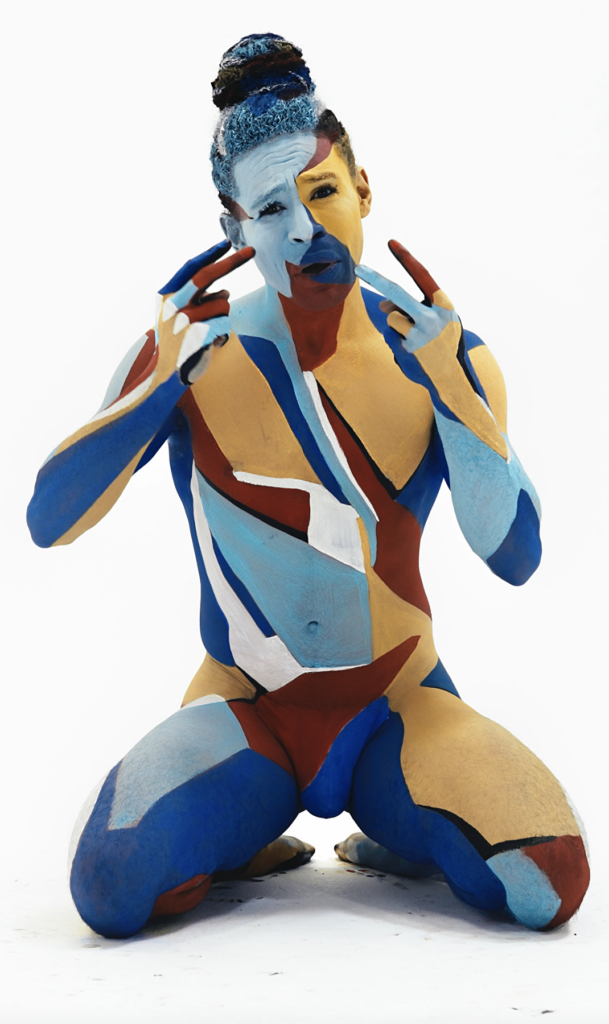
The expertise was the start of a shift in Kazen-Maddox’s profession, away from merely facilitating communication between Deaf and listening to people as an interpreter and in the direction of an rising style Kazen-Maddox calls “American Signal Language dance theater.” But it surely was additionally indicative of a wider shift within the performing arts, one that’s extra artistically fulfilling for Deaf and ASL-fluent artists and that additionally repositions accessibility: Moderately than one thing tacked on to and separate from the efficiency, it’s one thing deeply ingrained and built-in.
All the time key to this work, says Wailes: Deaf or Laborious of Listening to performers who’re “bilingual” in dance and ASL. “In the event you’re making an attempt to be extra inclusive, nice,” she says. “Who’re the people who find themselves onstage? What are their lived experiences and the way does this reveal itself within the work? We should always proceed to push in the direction of the embracing of extra individuals who have by no means been welcomed in these areas.”
The Query of the Viewers: Who Is It For?
Till lately, Betsy Quillen skilled performances for Deaf audiences and listening to audiences individually. “It’s one or the opposite—it’s very remoted,” says Quillen, who’s a Laborious of Listening to actor and theater director. “There are Deaf exhibits, and there are listening to exhibits, and really hardly ever do the 2 really feel snug collectively.”
So when choreographer William Smith requested Quillen to collaborate with him on a chunk for Roanoke Ballet Theatre that included signal language, they’d a transparent aim: to make one thing that each Deaf and listening to audiences may perceive and revel in. “My particular function was ensuring that Deaf eyes would perceive it, and that we have been making our Deaf audiences really feel welcomed and included and revered,” says Quillen. “However we additionally made positive to indicate our listening to viewers that this piece is made much more lovely as a result of we’ve included the Deaf audiences—that every one of this ASL in each a part of the manufacturing is enhancing the expertise for everyone within the viewers.”
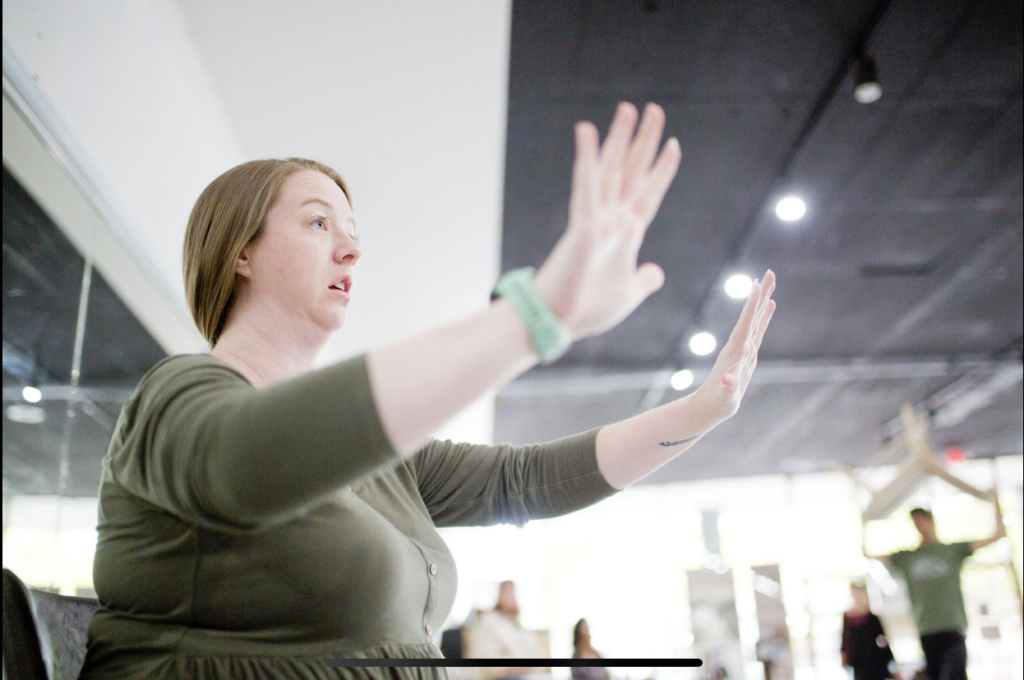
Roanoke Ballet Theatre.
The query of who a manufacturing is for, and what number of within the viewers shall be fluent in ASL, isn’t all the time an easy one, says Alexandria Wailes, a Deaf dancer who blended dance and ASL within the current Broadway revival of for coloured ladies who’ve thought of suicide/when the rainbow is enuf. “More often than not, it’s going to be individuals who don’t know ASL,” she says by means of an interpreter. “So what does that imply, when it comes to what I’m sharing? I’m very conscious that many of the viewers might be not going to shortly perceive what I’m saying. I simply have to precise it.”
However even that imperfect understanding can spur new methods of considering. “The reactions I obtained from lots of people after exhibits—their brains had shifted,” says Wailes. “For me, that was actually thrilling, as a result of it means my work is encouraging individuals to assume exterior of what they’re used to experiencing with dance and signing.”
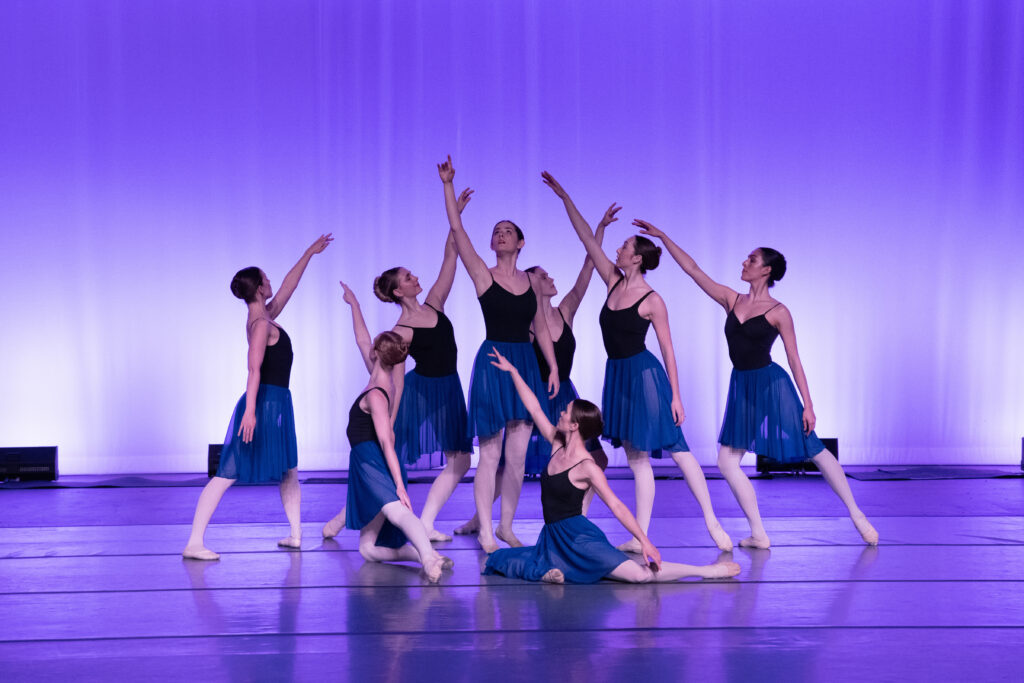
“ASL Is a Language, Not Simply One thing You Look At”
For artists and audiences who will not be fluent in ASL, indicators can generally be indistinguishable from choreography. And when listening to artists and audiences worth how indicators look over what they imply, the fusion of dance and ASL can develop into offensive moderately than enriching. Antoine Hunter PurpleFireCrow, founder and director of City Jazz Dance Firm and the Bay Space Worldwide Deaf Dance Competition, offers the instance of a listening to choreographer asking him to “reverse” an indication as a result of it could look cool, which then made it meaningless or modified it right into a distasteful phrase.
“When people who find themselves not native signers see ASL included with motion, they’re like, ‘Oh my gosh, it’s so lovely,’ ” says Alexandria Wailes, a Deaf dancer and actor, by means of an interpreter. “Which is legitimate in its personal proper, however ASL is a language that’s tied to tradition, communities, and historical past. It’s not simply one thing that you just have a look at or do as a result of it feels cool and it’s lovely.”
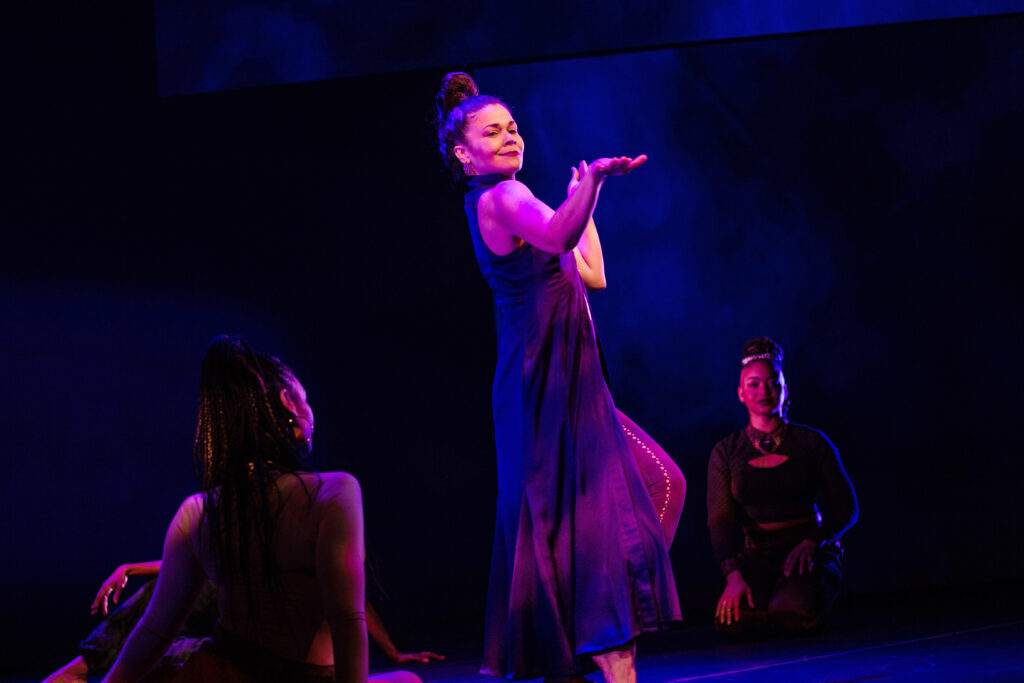
That doesn’t imply ASL all the time must be used actually, or that it will probably’t be a chance for experimentation. In truth, the expectation that ASL be utterly legible in a creative setting can restrict Deaf artists, when there’s no related expectation that spoken language in efficiency all the time be logical or easy. (As an illustration, it’s not unusual for performers to say absurd sentences, or experiment with unusual deliveries.)
“The forcing of it to be legible, or to be understood, shouldn’t be permitting for the individuals who dwell it to talk their fact,” says Yusha-Marie Sorzano, a Laborious of Listening to choreographer who collaborated on a 2020 solo for Alvin Ailey American Dance Theater performer Samantha Figgins that included ASL.
For Hunter, this would possibly appear to be utilizing indicators which are truly the entire reverse of what the lyrics of the tune are conveying. “As with all different language, ASL can be utilized poetically, rhythmically, artistically, metaphorically,” shares Hunter.
“I believe it’s actually lovely once you start to weave languages, as a result of within the weaving comes the brand new phrase,” Sorzano says. “How fascinating is it {that a} signal that represents ‘I’m’ might be woven subsequent to a renversé? And does that develop into a brand new method of being ‘I’m’? There’s this magnificence in what occurs once you construct one thing new.”
[ad_2]